Tent Peak, also known as Tharpu Chuli, is a popular trekking peak in Nepal located in the Annapurna region. This adventure combines the thrill of peak climbing with the scenic beauty of the Annapurna Base Camp (ABC) trek. For those seeking an exhilarating yet manageable climbing experience, Tent Peak offers the perfect blend of challenge and reward. This comprehensive guide covers everything you need to know for your Tent Peak climbing adventure with Annapurna Base Camp.
Overview of Climbing with Annapurna Base Camp
Tent Peak stands at an impressive 5,663 meters (18,579 feet) and is part of the Annapurna Sanctuary. The peak offers panoramic views of the Annapurna massif, including Annapurna South, Hiunchuli, and Machapuchare (Fishtail Mountain). The climb is technically straightforward, making it suitable for climbers with basic mountaineering skills. The journey to Tent Peak begins with the popular Annapurna Base Camp trek, providing a rich cultural experience and stunning landscapes.
Trekking Routes Travel Agency: Your Perfect Partner
Trekking Routes Travel Agency specializes in organizing trekking and climbing expeditions in Nepal. With experienced guides, well-planned itineraries, and a focus on safety and customer satisfaction, Trekking Routes ensures a memorable adventure. Their comprehensive Tent Peak climbing package includes permits, accommodation, meals, and climbing gear, making it a hassle-free experience for trekkers.
Itinerary Overview
Day 1: Arrival in Kathmandu
Your adventure begins with your arrival in Kathmandu, where you will be greeted by a representative from Trekking Routes. You will be transferred to your hotel and given a briefing about the trip. This day is for rest and preparation.
Day 2: Sightseeing and Preparation
Spend the day exploring Kathmandu’s cultural landmarks, including UNESCO World Heritage sites like Swayambhunath (Monkey Temple) and Pashupatinath Temple. Use this day to check your gear and purchase any last-minute items needed for the trek.
Day 3: Drive to Pokhara
Early morning, drive to Pokhara, a beautiful lakeside city and the gateway to the Annapurna region. The drive takes approximately 6-7 hours. Upon arrival, you can explore the city or relax by the Phewa Lake.
Day 4: Trek to Tikhedhunga
Begin your trek with a drive to Nayapul, the starting point of the trek. Trek to Tikhedhunga, passing through picturesque villages and terraced fields. The trek takes about 4-5 hours.
Day 5: Trek to Ghorepani
Trek from Tikhedhunga to Ghorepani, a popular stop on the Annapurna Circuit. The trail involves a steep ascent but offers breathtaking views of the surrounding mountains. The trek takes about 6-7 hours.
Day 6: Poon Hill Sunrise and Trek to Tadapani
Wake up early for a hike to Poon Hill, renowned for its spectacular sunrise views over the Annapurna and Dhaulagiri ranges. After breakfast, trek to Tadapani, a journey of about 5-6 hours.
Day 7: Trek to Chhomrong
Trek from Tadapani to Chhomrong, a large Gurung village and the gateway to the Annapurna Sanctuary. The trek takes about 5-6 hours.
Day 8: Trek to Dovan
Descend from Chhomrong and then ascend towards Dovan, passing through lush forests and enjoying views of the mountains. The trek takes about 5-6 hours.
Day 9: Trek to Deurali
Continue trekking from Dovan to Deurali, crossing the Hinku Cave and walking through a mix of forests and rocky trails. The trek takes about 4-5 hours.
Day 10: Trek to Annapurna Base Camp
Trek from Deurali to Annapurna Base Camp, passing through Machapuchare Base Camp. The trail offers stunning views of the Annapurna massif. The trek takes about 5-6 hours.
Day 11: Acclimatization and Preparation
Spend a day at Annapurna Base Camp for acclimatization and preparation for the climb. Use this day to rest, check your equipment, and receive a briefing from your guide.
Day 12: Trek to Tent Peak Base Camp
Trek from Annapurna Base Camp to Tent Peak Base Camp, setting up camp in a scenic spot. The trek takes about 4-5 hours.
Day 13: Summit Tent Peak and Return to Base Camp
Start the climb early in the morning to reach the summit of Tent Peak. Enjoy the panoramic views before descending back to base camp. The climb and descent take about 8-10 hours.
Day 14: Trek to Bamboo
Trek from Tent Peak Base Camp back to Bamboo, retracing your steps and enjoying the downhill journey. The trek takes about 6-7 hours.
Day 15: Trek to Jhinu Danda
Trek from Bamboo to Jhinu Danda, known for its hot springs. Relax and soak in the hot springs after a long day of trekking. The trek takes about 5-6 hours.
Day 16: Trek to Nayapul and Drive to Pokhara
Trek from Jhinu Danda to Nayapul and drive back to Pokhara. The trek takes about 5-6 hours, followed by a 1-2 hour drive.
Day 17: Drive to Kathmandu
Drive back to Kathmandu from Pokhara, reflecting on your adventure and enjoying the scenic drive. The drive takes about 6-7 hours.
Day 18: Departure
Your adventure concludes with a transfer to the airport for your departure. Cherish the memories and plan your next adventure with Trekking Routes.
Climbing Preparation and Training
Physical Fitness
Climbing Tent Peak requires good physical fitness. Engage in regular cardiovascular exercises like running, cycling, and swimming. Incorporate strength training to build endurance and muscle strength.
Altitude Acclimatization
Proper acclimatization is crucial to prevent altitude sickness. Follow the itinerary and acclimatization guidelines provided by your guide. Stay hydrated and listen to your body.
Technical Skills
Basic mountaineering skills, including the use of crampons, ice axes, and ropes, are necessary for Tent Peak. Consider taking a basic mountaineering course if you lack these skills.
Gear and Equipment
Clothing
Layering is essential for varying temperatures. Bring moisture-wicking base layers, insulating mid-layers, and waterproof outer layers. Don’t forget warm gloves, a hat, and thermal socks.
Footwear
Sturdy, waterproof trekking boots with good ankle support are essential. Bring crampons for the icy sections of the climb.
Climbing Gear
Climbing gear includes an ice axe, crampons, harness, helmet, carabiners, and ropes. Trekking Routes provides most of the necessary climbing gear, but you can bring your own if preferred.
Camping Gear
A high-quality sleeping bag suitable for cold temperatures and a lightweight, durable tent are essential. Trekking Routes provides camping equipment, but personal gear ensures comfort.
Permits and Regulations
Climbing Permit
A climbing permit is required for Tent Peak, which Trekking Routes arranges. Ensure you have a copy of your permit at all times.
Annapurna Conservation Area Permit (ACAP)
An ACAP permit is mandatory for trekking in the Annapurna region. Trekking Routes arranges this permit for you.
TIMS Card
The Trekkers’ Information Management System (TIMS) card is required for all trekkers in Nepal. Trekking Routes assists in obtaining this card.
Health and Safety
Altitude Sickness
Acute Mountain Sickness (AMS) can affect anyone at high altitudes. Symptoms include headache, nausea, dizziness, and shortness of breath. Descend immediately if symptoms worsen.
Hydration and Nutrition
Stay hydrated by drinking plenty of water. Eat balanced meals rich in carbohydrates, proteins, and fats. Trekking Routes provides nutritious meals during the trek.
Emergency Procedures
In case of emergencies, Trekking Routes’ guides are trained in first aid and emergency response. They carry a first aid kit and communication devices for rescue operations.
Best Time to Climb
The best time to climb Tent Peak Climbing with Annapurna Base Camp is during the pre-monsoon (March to May) and post-monsoon (September to November) seasons. These periods offer stable weather, clear skies, and favorable climbing conditions. Avoid the monsoon season (June to August) due to heavy rainfall and the winter season (December to February) due to extreme cold and snowfall.
Cultural Experience
Gurung Villages
The trek passes through traditional Gurung villages, offering insights into the local culture and lifestyle. Interact with the friendly locals and learn about their customs and traditions.
Religious Sites
Visit local monasteries and stupas along the trekking route. These sites are significant to the local Buddhist and Hindu communities and add a spiritual dimension to the trek.
Local Cuisine
Enjoy traditional Nepali cuisine, including dal bhat (lentil soup with rice), momo (dumplings), and thukpa (noodle soup). Trekking Routes ensures hygienic and delicious meals throughout the trek.
Environmental Responsibility
Leave No Trace
Follow the Leave No Trace principles to minimize your impact on the environment. Carry all waste with you and dispose of it properly. Avoid disturbing wildlife and respect local flora and fauna.
Support Local Communities
Choose homestays and local lodges to support the local economy. Purchase souvenirs from local artisans and contribute to community-based tourism initiatives.
Final Thoughts
Tent Peak climbing with Annapurna Base Camp is an unforgettable adventure that combines the thrill of mountaineering with the beauty of trekking in the Himalayas. With the support of Trekking Routes Travel Agency, you can embark on this journey with confidence, knowing that all logistics, safety, and comfort are well taken care of. Prepare yourself physically and mentally, respect the local culture and environment, and enjoy the breathtaking landscapes and rewarding summit experience. Whether you are a seasoned climber or a trekking enthusiast looking to take on a new challenge, Tent Peak offers an adventure of a lifetime.
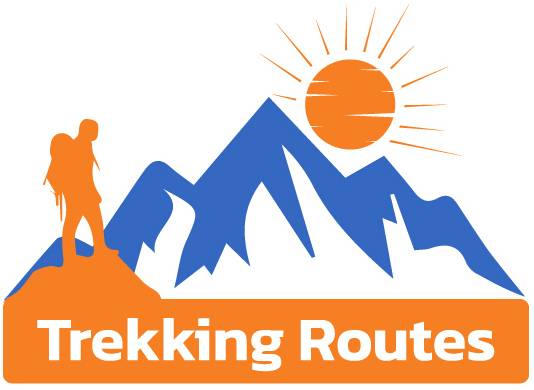

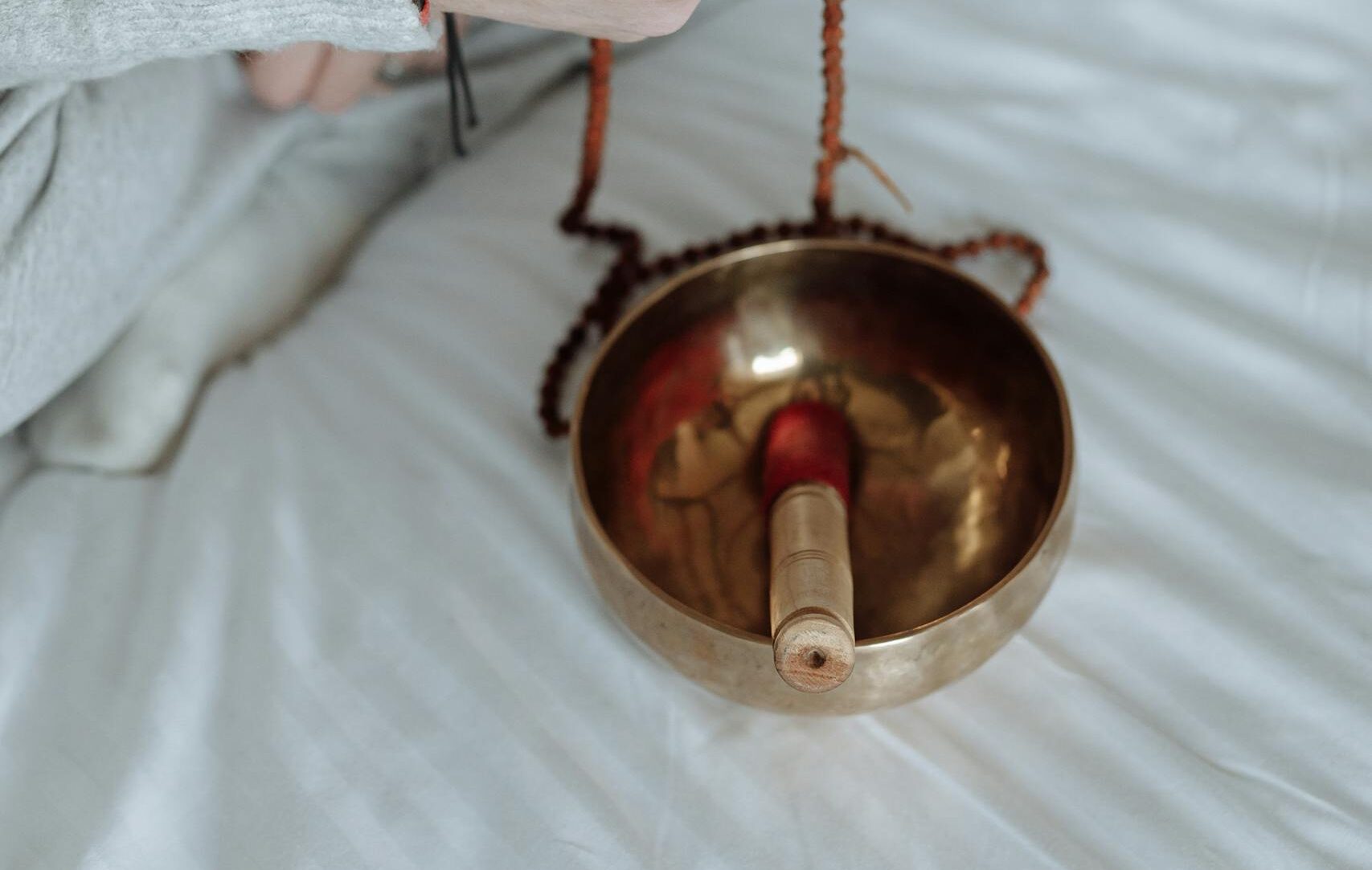

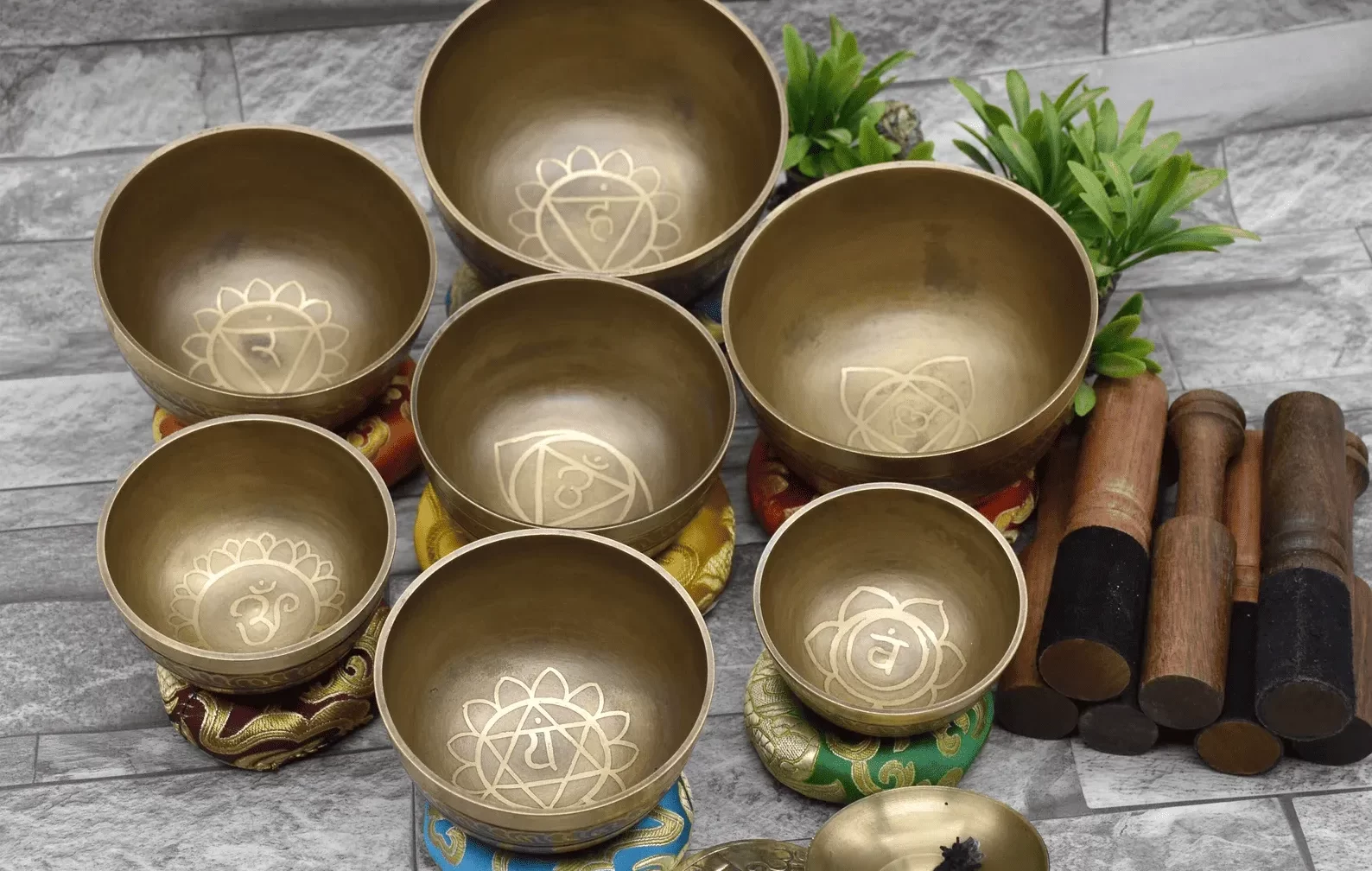
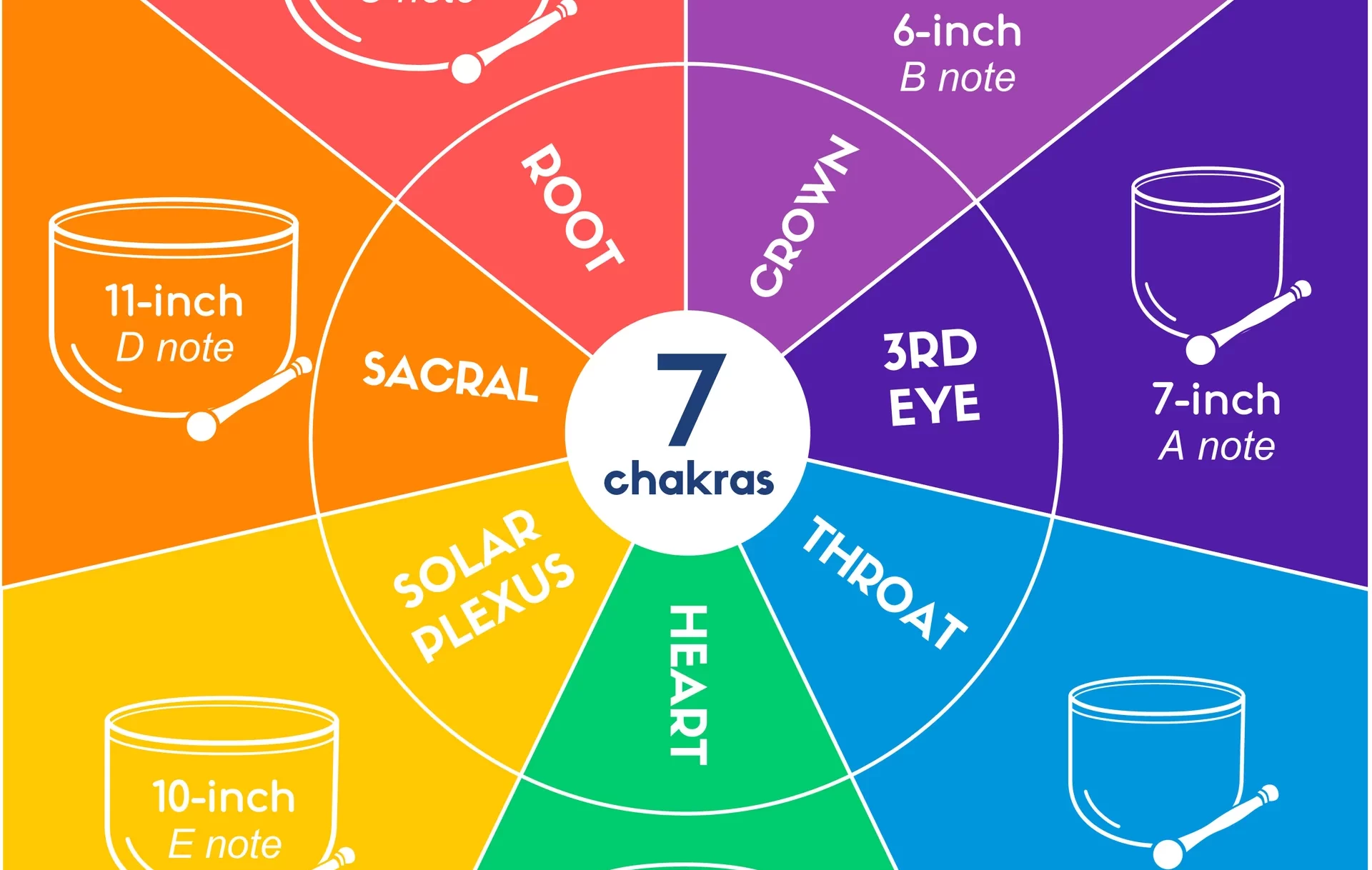
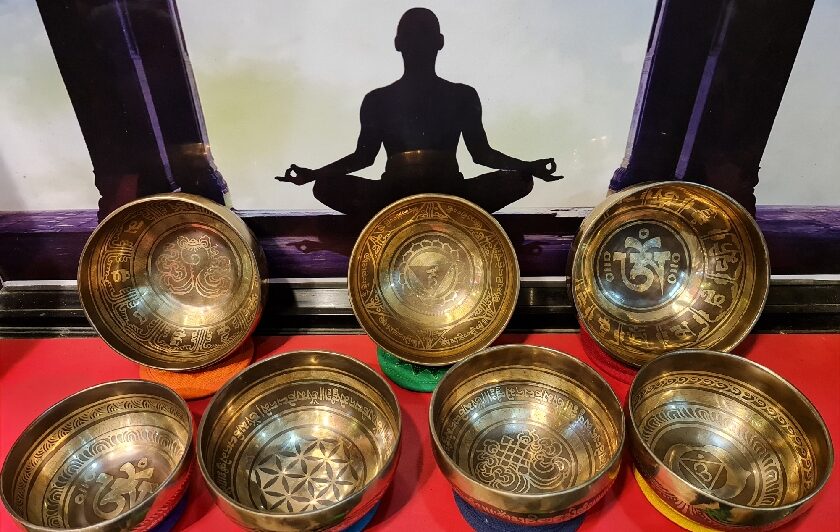
0 Comments